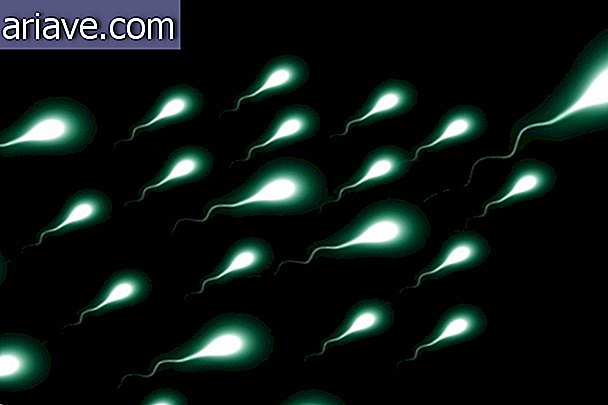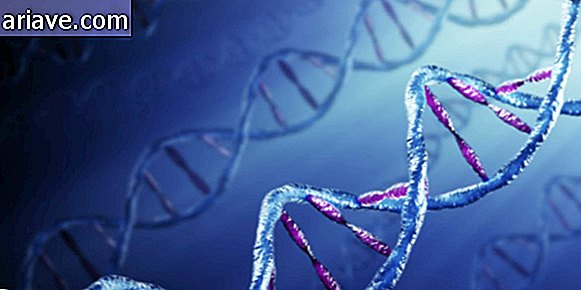Though incredibly inhospitable, Venus could harbor life in its clouds.
Although considered "brother" of the Earth - because of similarities in size, composition, and orbit - Venus is among the most inhospitable planets in the Solar System. This is because its surface is hidden under a dense and opaque cloud layer composed mainly of carbon dioxide, sulfuric acid, nitrogen and carbon monoxide. This combination contributes to the planet having an extreme greenhouse effect and surface temperatures around 470 ° C, as well as having an atmospheric pressure more than 90 times higher than ours.

Inhospitable, but not for everyone
However, according to The Economic Times, a recent study found that acid clouds - and toxic to most living things we know - could harbor life forms. Leading researchers, Rakesh Mogul of California State Polytechnic University and Sanjay Limaye of the University of Wisconsin-Madison Center for Engineering and Space Science, focused their attention on mysterious darker areas in Venusian clouds.

Scientists conducted observations of the Venus atmosphere using spectroscopy, and through ultraviolet light, the researchers found that these darker regions consist of concentrations of sulfuric acid and sunlight-absorbing particles that they could not identify.
So by analyzing the dimensions of these particles, scientists have concluded that they are very similar to the size of bacteria here on our planet that are capable of surviving in extremely acidic environments. Thus, according to the researchers, it is possible that the darkest areas in Venus' atmosphere are formed by clumps of microorganisms - similar to the algal blooms that occur in lakes here on Earth and the bacteria that live near hydrothermal vents. that exist in the oceans, for example.
It is noteworthy that, although the probes that were sent to Venus to collect samples from the atmosphere there are not able to differentiate organic from inorganic material, simulations pointed out that, in the past, our neighbor may have housed water in its liquid form and presented conditions most favorable for the emergence of life forms for two billion years - until it becomes the infernal environment it is today. Therefore, the planet certainly had enough time for organisms to develop, and the spots could be remnants of this more "fertile" period.











